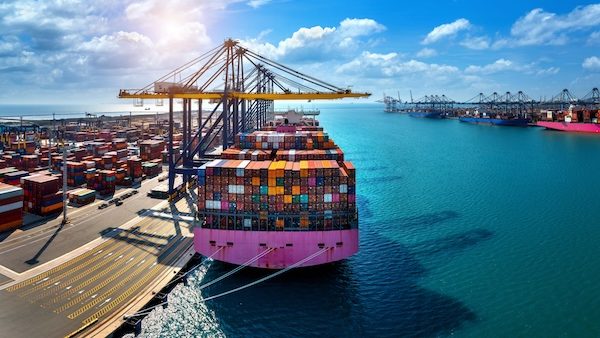A communiqué issued at the end of a Group of Seven (G7) meeting in Canada last week criticised China — albeit indirectly. Though not named, the target was obvious. The statement spoke of how “non-market policies and practices (NMPPs) aggravate imbalances” and “impact the economic security of other countries.”
It added: “We agree on the importance of a level playing field and taking a broadly coordinated approach to address the harm caused by those who do not abide by the same rules and lack transparency.” That was a roundabout way of condemning China.
But does the G7 — the USA, UK, France, Germany, Japan, Italy, and Canada — have the strength and resources to confront Beijing? On paper, it does. Home to about 780 million people — nearly 10% of the global population — the G7 accounts for roughly 50% of the world’s nominal net wealth, 30% of GDP by purchasing power parity, and 44% of nominal GDP, according to Wikipedia.
China stands to lose billions in a confrontation. The US is its third-biggest trading partner, after ASEAN and the European Union, and Japan is its fifth, after South Korea. A showdown with the G7 could cost it EU business as well, since France, Germany and Italy are all EU members.
Golden geese
In fact, the US and EU are China’s golden geese: it runs its biggest trade surpluses with them. In 2024, China exported $438.9 billion worth of goods to the US and imported $143.5 billion, according to the Office of the US Trade Representative. Exports to the EU totalled €515.9 billion, and imports €223.6 billion, in 2023, according to the European Commission.
Clearly, China has every reason to keep them happy — except that it hasn’t.
The G7 is furious over these trade imbalances and is threatening coordinated action. Even Germany, long friendly with China, has soured, as its carmakers lose market share to Chinese electric vehicles. The anger isn’t baseless: China is growing rich at their expense and threatening their industries and workers. Overcapacity in Chinese industries depresses global prices, hurting Western producers. US steelmakers face underpriced, subsidised Chinese steel.
One might think it’s in China’s interest to avoid a clash. But if past behaviour is a guide, President Xi Jinping won’t back down. He didn’t flinch when President Donald Trump raised tariffs. The two nations eventually reached a truce, lowering tariffs for 90 days on May 12. The current G7 sabre-rattling may follow a similar script.
In reality, few have the option of cutting ties with China. It is indispensable in key areas. A former Apple executive told the BBC World Service that Apple could not exit China because it relies on the country’s sophisticated manufacturing capacity. Apple may shift some iPhone production to India — but it’s not leaving China.
China dominates
From solar panels to rare earths, China dominates. It supplies at prices no one else can match, thanks to state subsidies. It is also the world’s top producer of rare earth elements essential for electric vehicles, wind turbines, consumer electronics, robotics, and drones. While the US and Australia follow in rare earth production, China leads in the complex refining and processing stages.
According to The Wall Street Journal, China’s tech prowess is advancing fast. Its electric-car firms rival the best, its AI startups compete with OpenAI and Google, its factories run on cutting-edge robotics, and its cargo vessels and satellites dominate the globe.
Last year, China spent $500 billion on R&D — triple what it did when Xi took office in 2012. By contrast, the Trump administration is cutting spending to reduce the deficit. Governments in the UK, France, Germany, and Italy also face fiscal pressures.
Meanwhile, China is investing heavily at home and abroad — funding infrastructure, creating dependencies. It has built the Pokhara airport in Nepal, the Gwadar port in Pakistan, Indonesia’s Whoosh high-speed train, and Malaysia’s East Coast Rail Link. Its reach spans Africa to South America.
Yes, the G7 could still contain China with coordinated sanctions and trade restrictions. Losing the US and EU markets would hurt China. ASEAN — China’s top trading partner, with $797.63 billion in bilateral trade in the first 10 months of 2024, according to Chinese sources — cannot compensate for that loss.
But a trade war would also hurt the G7 nations. Cheap Chinese goods may harm local industries, but they keep prices low. Consumers benefit. And nothing upsets voters more than rising costs. Inflation during the Biden administration is said to have helped Trump’s return. Now, Trump’s poll numbers may be dipping amid fresh inflation fears. No G7 country wants to spark a crisis that raises the cost of living.
There may be sanctions and embargoes — but a full-blown trade war? That’s a nightmare no one’s willing to entertain.
Featured image by Freepik (for illustration purposes only)

